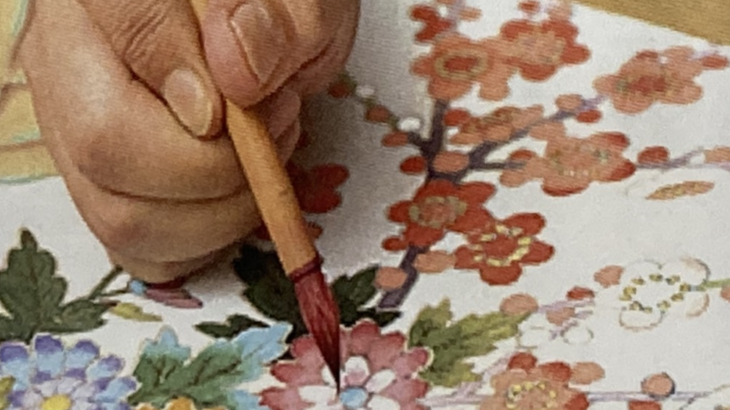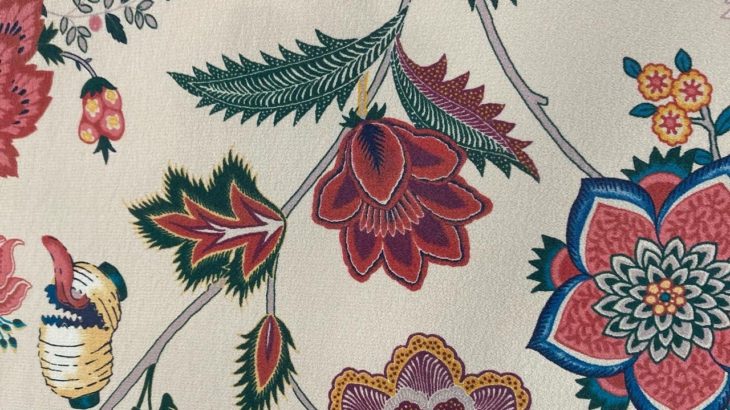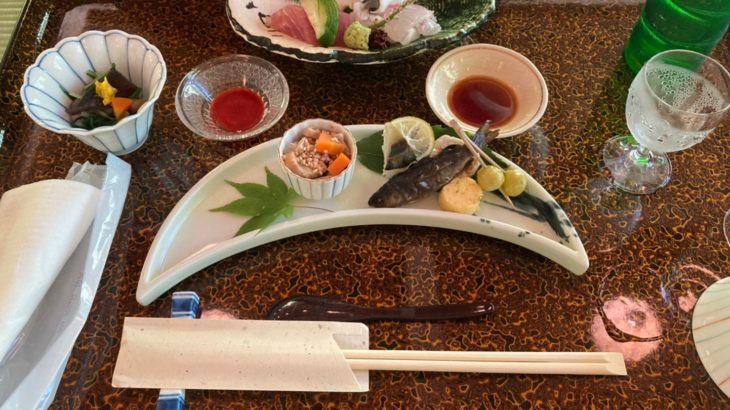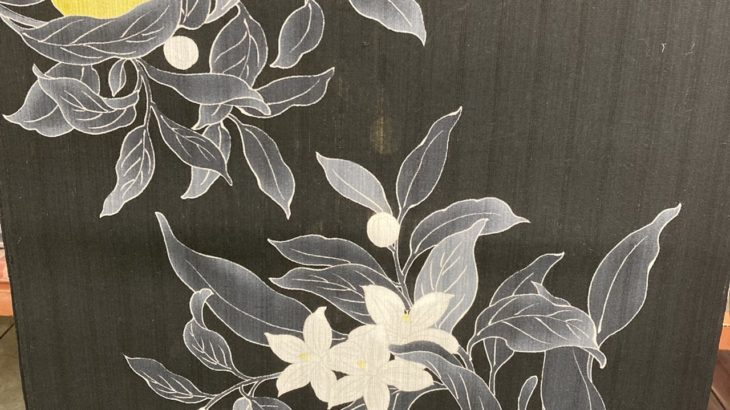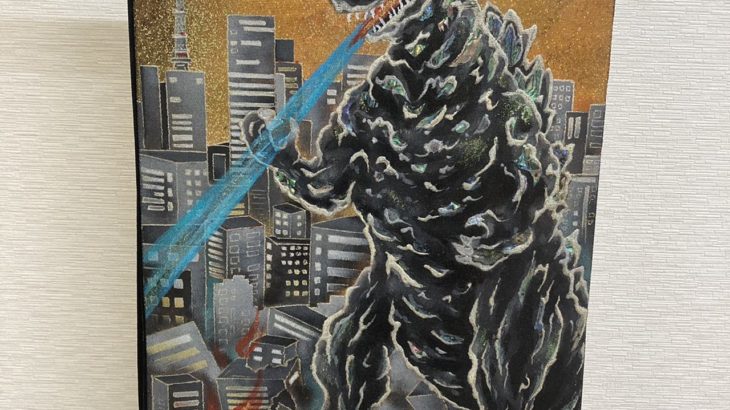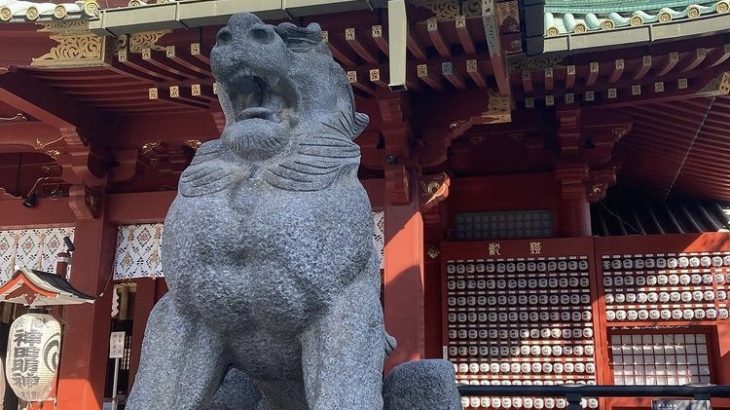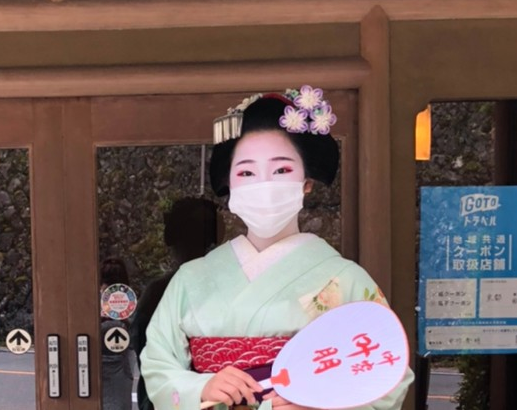Hello, this is Shinji from Warashibe-choja.jp. This time, I would like to talk about the world of Kaga Yuzen in Ishikawa Prefecture. It will be the story of Kaga, which is famous for Keiji Maeda, so if you are interested, please read it to the end.
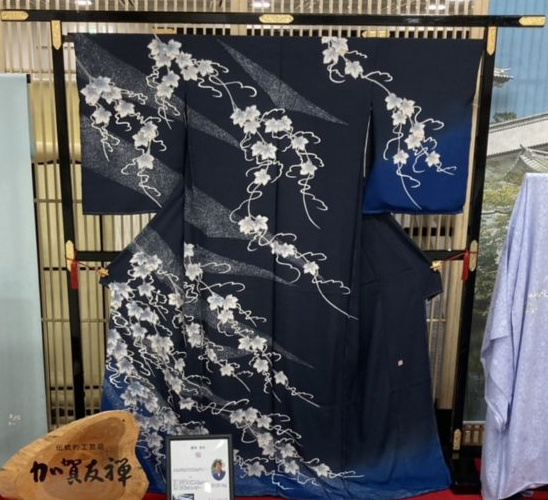
The beginning of Yuzen-zome (=Yuzen dyeing)
The name [Yuzen-zome] comes from Miyazaki Yuzensai, a Japanese fan painter who was active in Kyoto. Yuzensai is known to have lived in front of Chion-in in Kyoto and spent his later years in Kanazawa, dying in 1736 at the age of 83, but his birth is unknown. It is said that there is no doubt that Kaga Yuzen was established by Yuzensai, who was a popular Japanese fan painter at the time, who worked on the coloring of costumes.
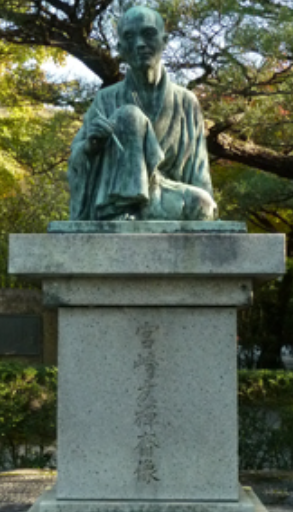
Features of Kaga Yuzen
Miyazaki Yuzensai laid the foundations for both Kyo Yuzen and Kaga Yuzen, but each characteristic was born with the times. Kaga Yuzen is a painting-like pattern centered on a calm and realistic flower pattern, while Kyo Yuzen is characterized by a flowing collective arrangement pattern. It is believed that this is due to the support of the samurai culture of Kaga and the public family culture of Kyoto, each of which has a social background.
Kaga Yuzenn, which features a painting-like pattern, enhances the decorative effect by changing the fineness of the white lines in order to enhance the realism. Blurring and worm-eaten techniques are also often used. As for the blurring method, Kaga Yuzenn lightens the color from the outside to the inside, while Kaga Yuzenn lightens the color from the inside to the outside.
Five colors called Kaga Gosai are used as the base color for coloring. Today’s Kaga Yuzen artists decide the overall color scheme based on the Kaga Gosai, but reflect the tastes of the times and the individuality of the artist himself.
Kaga Gosai
Kaga Gosai comes in five colors: enji (= muddy red), ai (= Indigo blue), oudo (= ocher color), midori (= green), and kodai-murasaki (= ancient purple), and each color contains five wishes.
enji: Have a good encounter
ai: Child’s blessing
oudo: Stay healthy
midori: Family get along
kodai-murasaki: Longevity
To become a Kaga Yuzen craftsman
All writers of Kaga Yuzen craftsmen are registered as engineers, and the following process is required to become a craftsman.
Study: Become a disciple of a Kaga Yuzen writer and learn techniques.
Training: After at least 5 years of training, we will hone our skills until it is judged that the master has acquired the skills suitable for becoming independent as a craftsman.
Signature registration: Two members (master and another member) of Kaga-zome-shinko-kyokai (= Kaga Dyeing Promotion Association) sign the application form in accordance with the regulations and submit it to the association. If this is approved, you will be able to register and qualify for your own mark called “Rakkan”.
Activities as a craftsman: Kaga Yuzen is recognized as a craftsman and produces works.
Kaga Yuzen production process
Kyo Yuzen is basically a division of labor, and various craftsmen are involved to complete one kimono. Kaga Yuzen is completed by one craftsman doing most of the work.
Sketch
Sketch natural vegetation in the field to compose a design.
Shita-e (= Draw a sketch on the fabric.)
Place the temporarily tailored white cloth on the design and draw a pattern with “Ao-bana” (dayflower juice). This Ao-bana disappears when it gets wet.
Itome-nori (=Natural glue in a thin cylinder.)
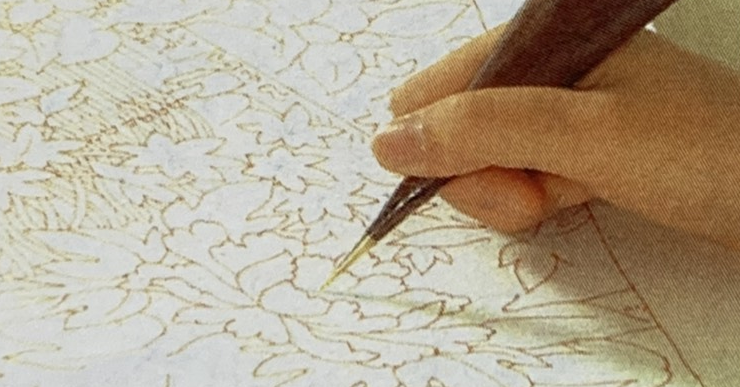
Spread the dough with “Shin-shi” (= bamboo skewers with needles on both ends) so that the pattern is not distorted, and place itome-nori along the lines in the sketch. This has the role of preventing the dye from bleeding out during coloring.
Sai-syoku (= Coloring)
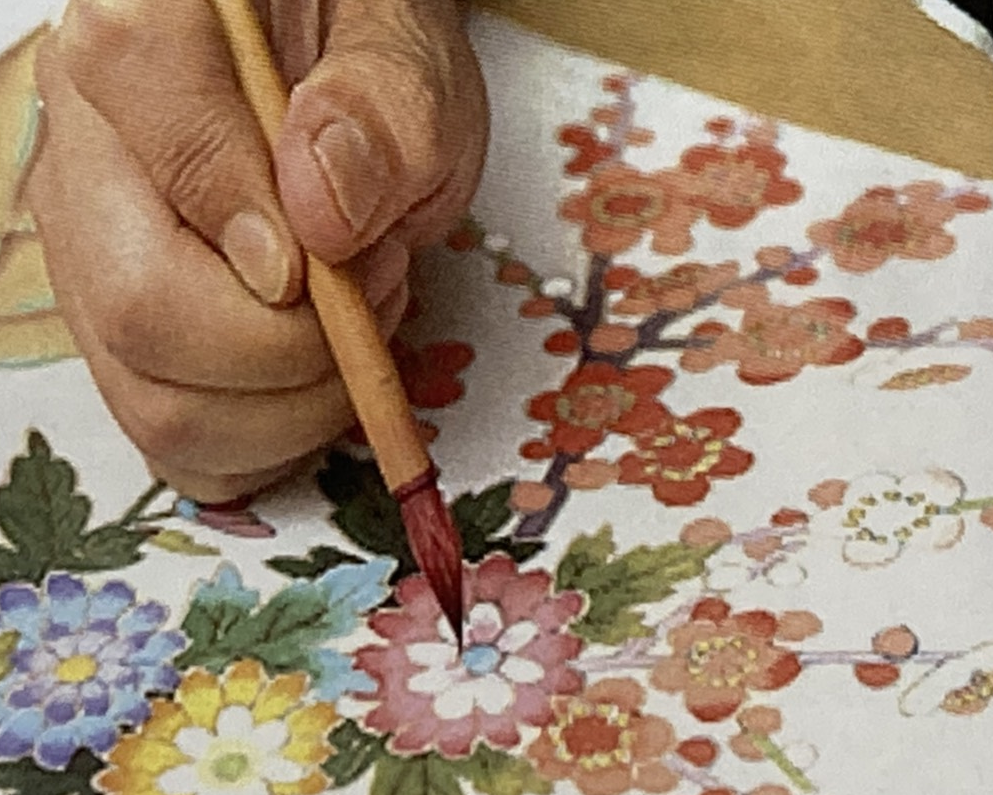
They will color the resist dyed pattern. Dozens of colors are mixed and colored based on Kaga Gosai.
Kari-mushi (= First steaming)
By steaming, the dye on the fabric can be colored and the dye can be fixed on the fabric.
Naka-ume (=Fill in
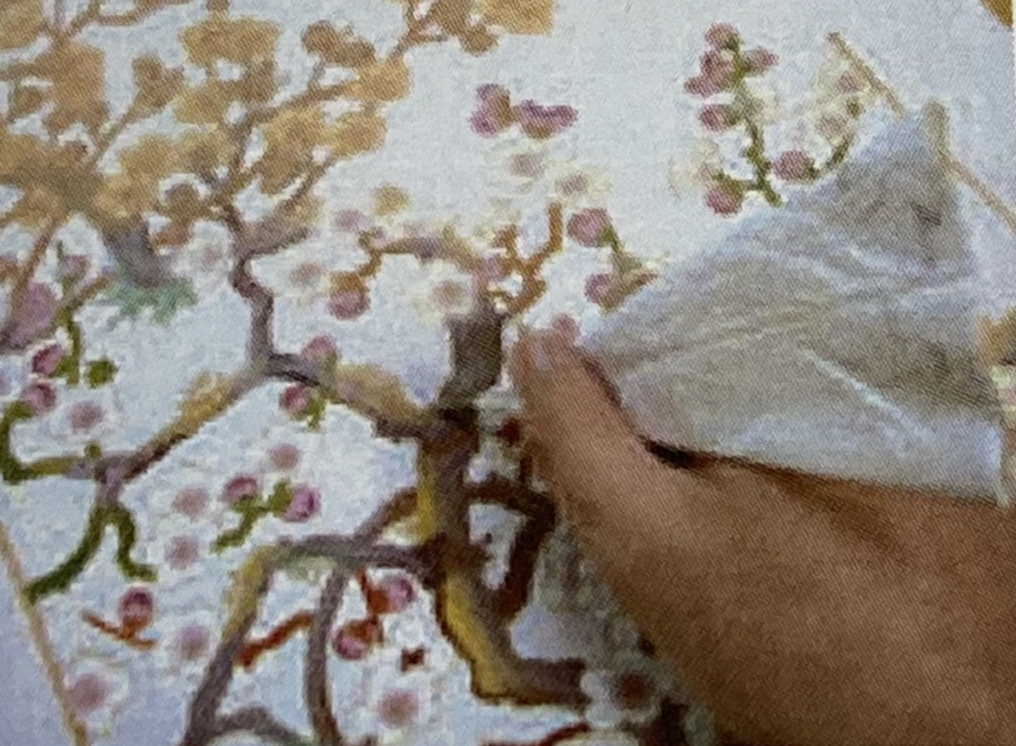
The glue made from glutinous rice is laid down along the thread glue so that the colored pattern will not get dirty by the ground dyeing.
Ji-zome (= Ground dyeing)
It is a process of dyeing parts other than the pattern. Dye with “hiki-zome” with a uniform color so that the color does not become uneven.
Hon-mushi (= Main steaming)
At this point, the dye has not settled on the fabric, so steam it again. Steam for about 30 to 50 minutes.
Yuzen Nagashi
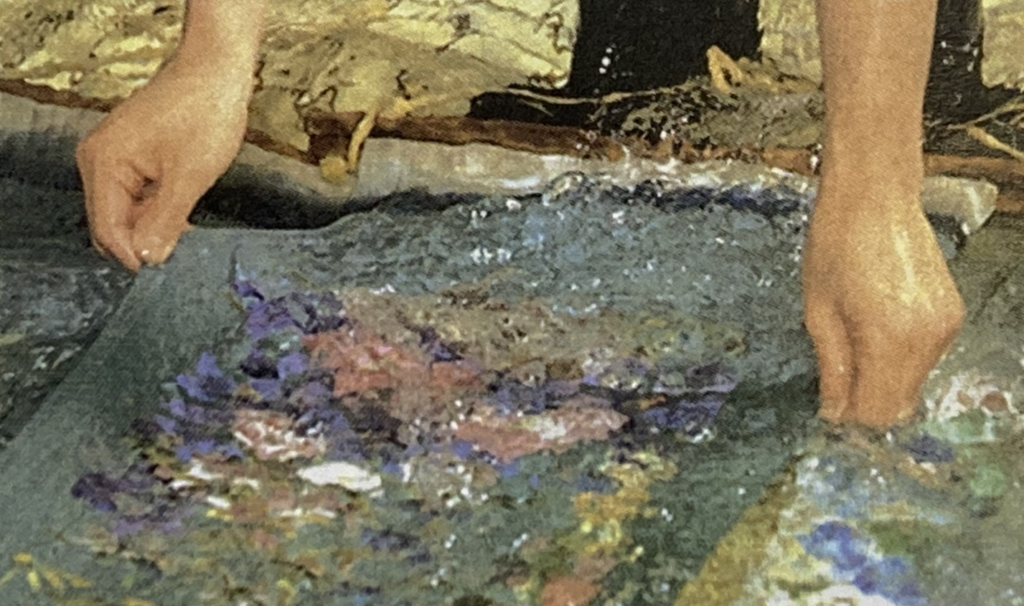
Rinse off glue and excess dye on the fabric. It used to be seen in the river in the center of Kanazawa city, and it was a tradition of Kanazawa, but now it is done in the artificial river of the workshop, leaving a part.
Proof of Kaga Yuzen
Those recognized as Kaga Yuzen have a Kaga Yuzen certificate stamp, and the name of the craftsman and the name of the work are listed. There are three definitions for making Kaga Yuzen, so I would like to introduce them.

1, Must be registered in Kaga-zome-shinko-kyokai-Kaga-Yuzen-toroku-meibo (= Kaga Yuzen Registration List).
2, Must be produced in Ishikawa Prefecture.
3, Handwritten Yuzen is based on the following techniques or techniques.
①Colors and patterns should be painting-like based on “Kaga Gosai”.
② Use “Ao-bana” for the sketch.
③ Use itome-nori for glue placement
④ Do not use Huse-nori when dyeing a black background such as tomesode.
⑤ When embroidering, perform Kaga-shisyu (= Kaga embroidery)
This time, I talked about Kaga Yuzen. In recent years, there are various works such as Kaga Yuzen, which is a design. It will be a work created by each artist with their own thoughts, so if you have a chance to see Kaga Yuzenn, please enjoy it.
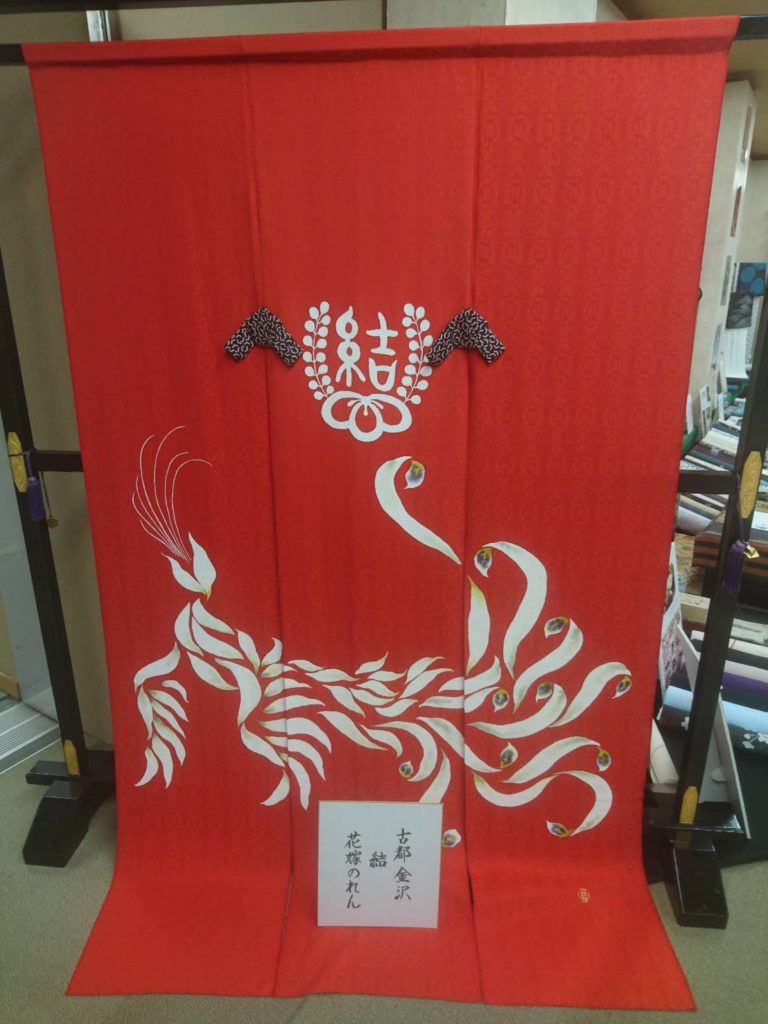
In the olden days, there was a work by Kaga Yuzenn called “Hanayome-noren” as a wedding tool, which was displayed at the entrance of the bride’s destination and used as a curtain for the bride to pass through. I don’t see much now, but I think it’s interesting to go to see it once when you go to Kanazawa.
